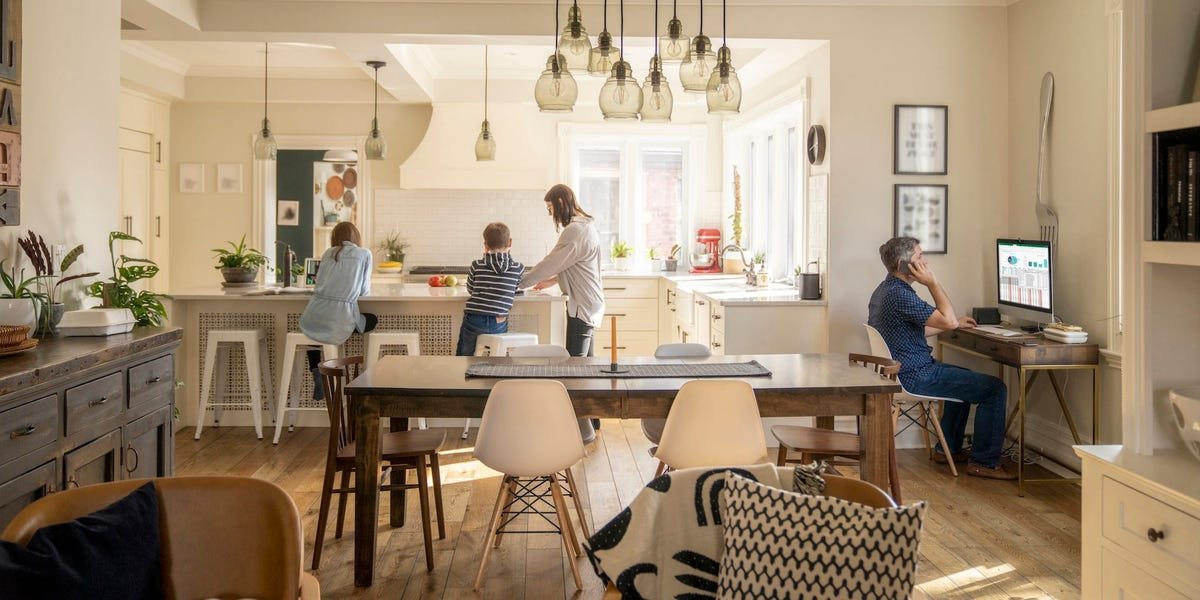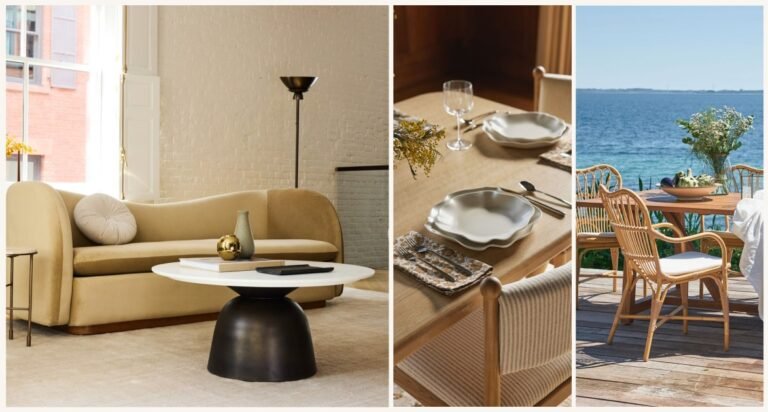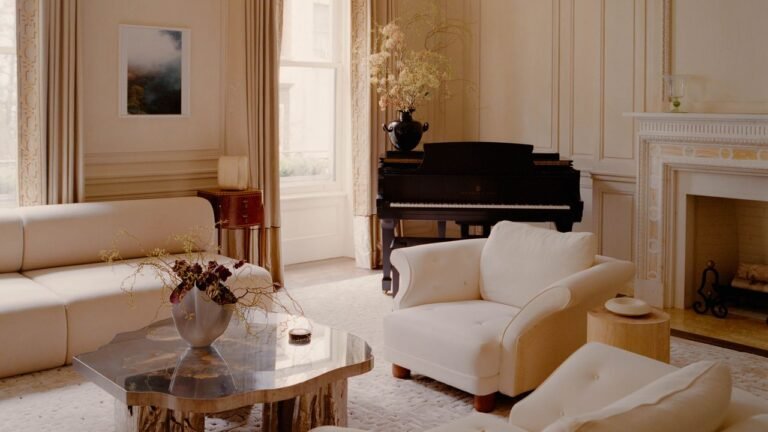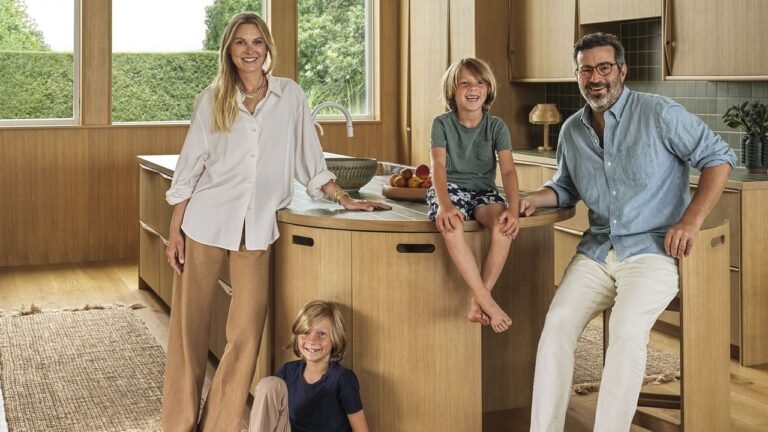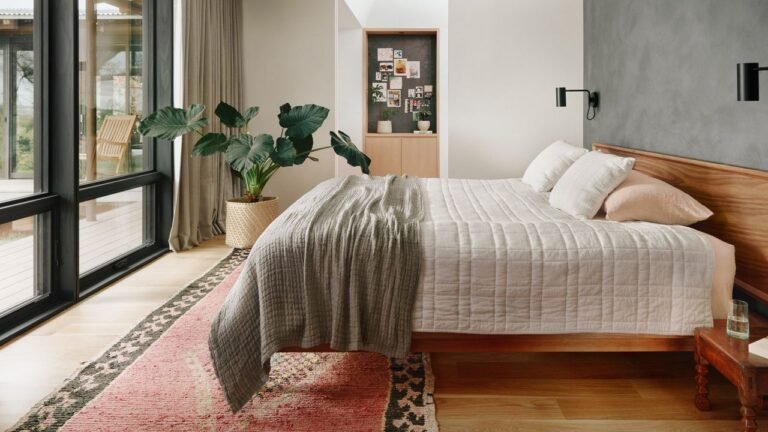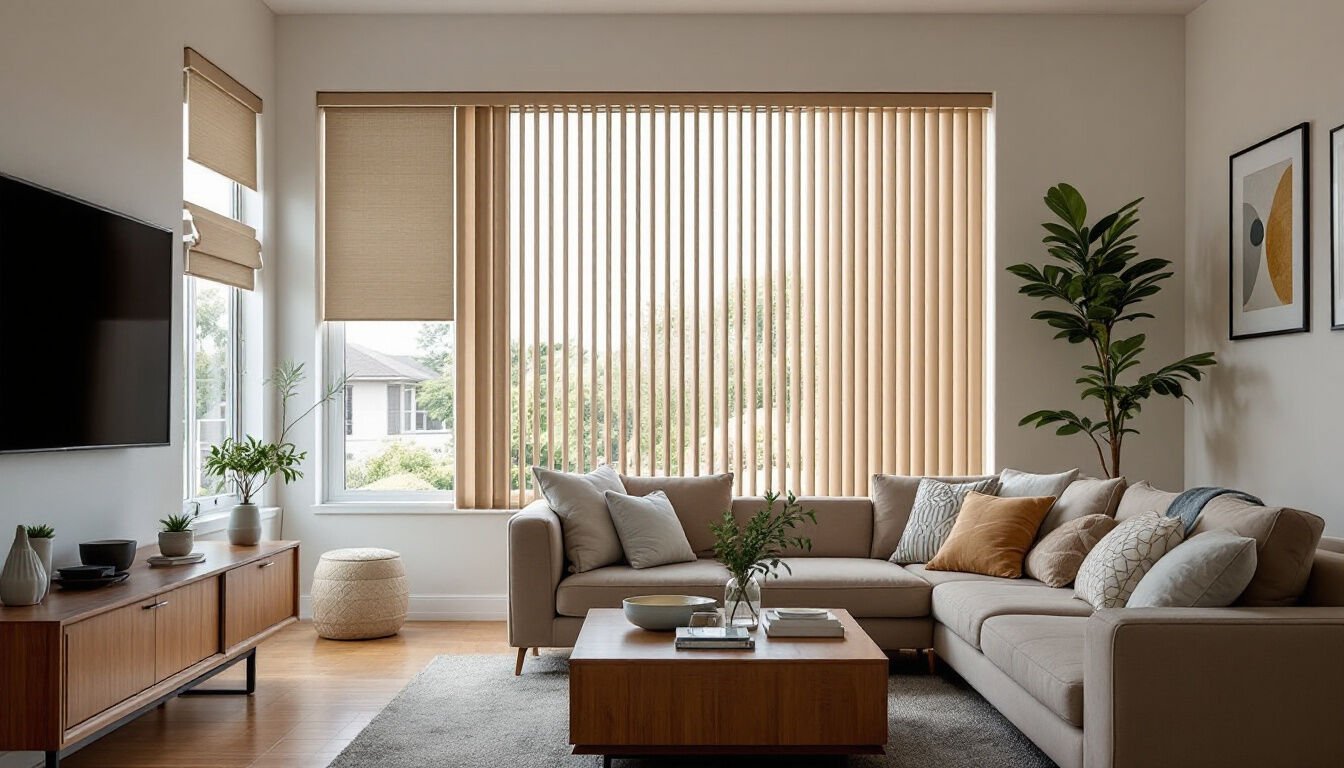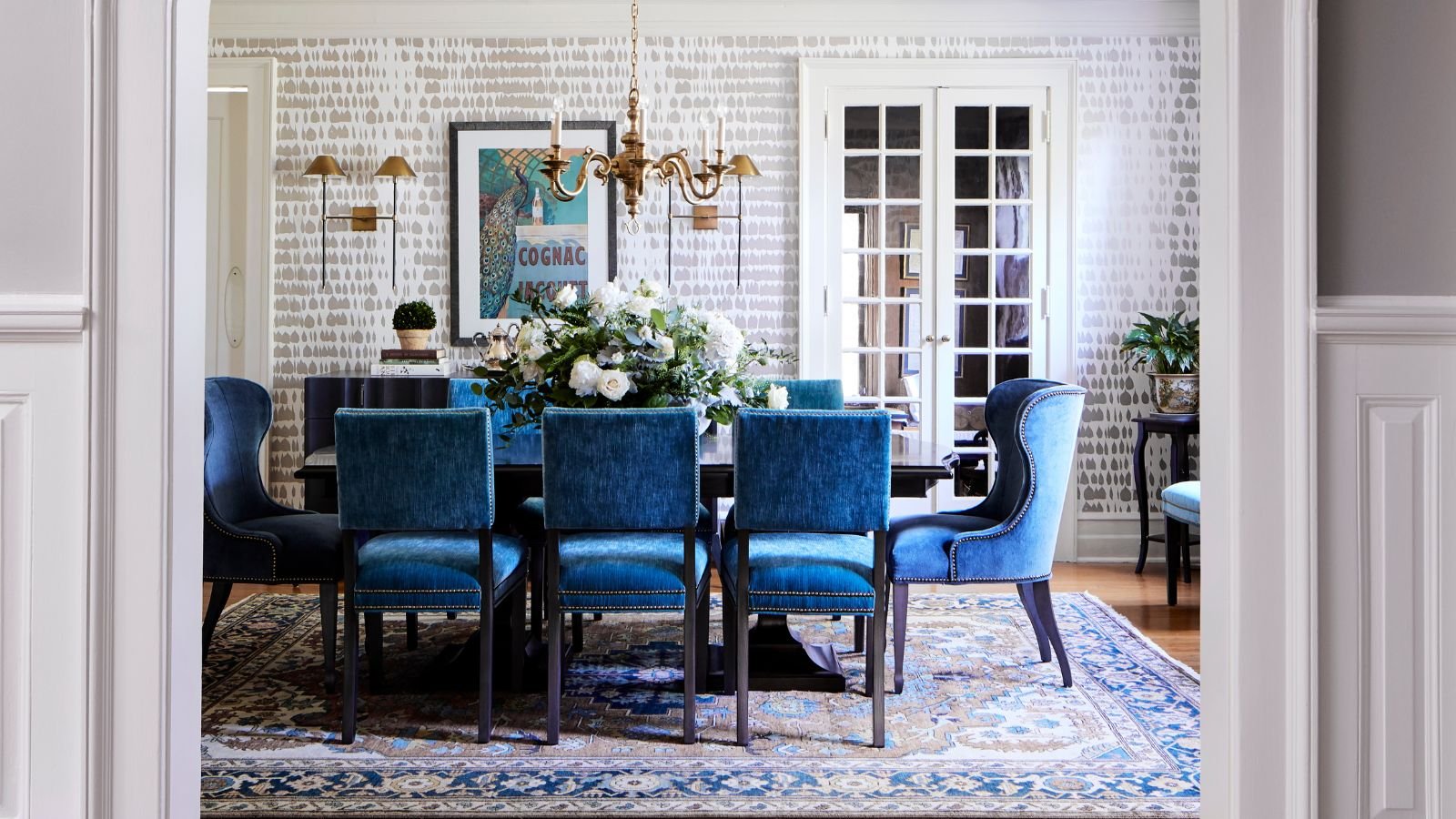The Decline of Open-Concept Homes: How to Navigate Redesigning Spaces
Open-concept homes are losing their appeal, and many homeowners are seeking ways to adapt these floor plans to better suit their lifestyles. As interior design trends evolve, it’s becoming increasingly clear that simply embracing open spaces without considering functionality can lead to disconnect and dissatisfaction.
Understanding the Shift from Open Concept
Recent insights from prominent interior designers have highlighted common pitfalls in open-concept designs, elucidating why many are turning away from this layout. Charlotte Eustace, founder of Eustace Studio in the UK, emphasizes that homeowners often overlook the practical implications of this space style.
"Many people opt for open-concept layouts without considering how they’ll actually use those spaces," explains Eustace. Notably, working from home in an open dining area, especially in a family environment, can be particularly challenging. The distractions of cooking aromas and everyday activities often diminish the comfort and efficacy of these spaces.
Juliana Ghani, an interior designer based in Minneapolis, agrees. She believes that having an open kitchen can make a home feel less inviting. "When you’re entertaining, guests can see everything, including dirty dishes," says Ghani, undermining the relaxed atmosphere many wish to cultivate.
Crafting Cozy Spaces: Personal Aesthetics Over Trends
Despite the trend’s decline, both Eustace and Ghani assert that open-concept homes can be functional and stylish. Eustace advises against strictly following trends, instead recommending that homeowners personalize their spaces to reflect their unique needs and lifestyles.
- For instance, Eustace opts for closed shelving in her kitchen to avoid clutter, while Ghani enjoys the minimalist look of open shelves.
- Personal preferences should guide your layout decisions, fostering a space that feels genuinely yours.
Importance of Zoning in Open Spaces
One major design mistake is failing to effectively zone an open-concept layout. Eustace warns, "Many think of the entire space as one big room, but each area should be treated as its own separate zone."
Aware of the limitations of simple dividers like bookcases, she suggests that each area could benefit from individualized décor, particularly regarding lighting.
- Utilize specific light fixtures, such as a chandelier over the dining table, to delineate spaces effectively.
- Rugs can also serve as a clever zoning tool, defining seating and dining areas distinctly.
Achieving Cohesion in Design
A well-functioning open-concept home requires a cohesive design approach. Ghani frequently encounters kitchens that clash with adjoining areas, resulting in what she describes as a "sterile" ambiance.
"If your living room exudes coziness, that vibe should carry through to the kitchen," she notes. Mixing materials and textures in your kitchen, like a rich backsplash or bold countertops, can enhance visual interest and cohesion.
Conclusion: Redesigning Open Spaces for Modern Living
As the trend of open-concept homes wanes, it’s essential to rethink how these spaces are organized and decorated. A blend of functional layouts, personalized aesthetics, and careful zoning can rejuvenate these areas, making them work effectively for today’s lifestyles.
For homeowners, understanding that open-concept spaces can become more inviting and practical with thoughtful design is crucial. By tailoring your home to reflect your lifestyle, you can transform an overwhelming open area into a cozy and manageable space that feels both functional and welcoming.
For more tips and inspiration on interior design, consider exploring additional resources from ChatbiHouse. Check out our blog for ideas on using lighting effectively and choosing the right décor for your living spaces!
Read more about the pivotal role of lighting in interior design.

